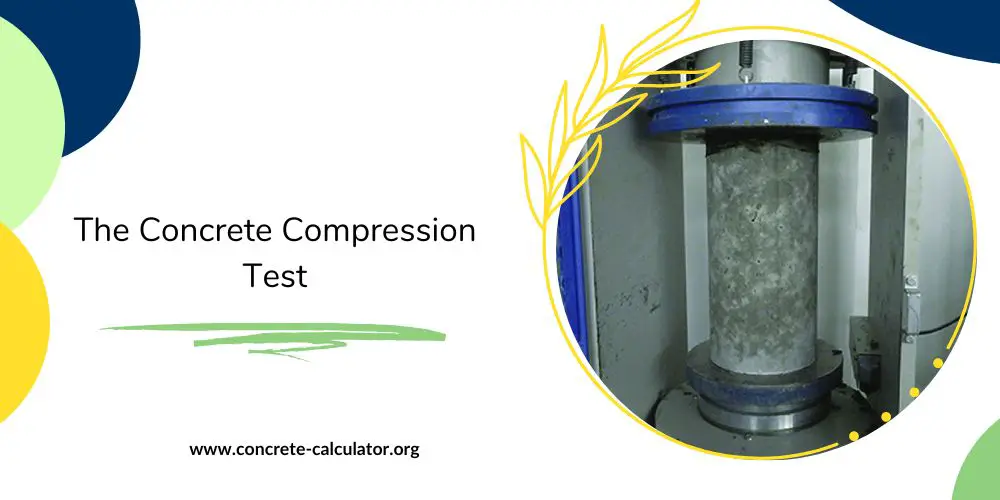Concrete is the most widely used construction material today. It is a durable, strong, and cost-effective material that can withstand heavy loads and extreme weather conditions. However, to ensure the quality and safety of concrete structures, it is important to test them for their compressive strength.
In this blog post, we will discuss the importance of the concrete compression test and its procedure in detail, which can help engineers determine the strength and quality of concrete.

Importance of Concrete Compression Test
The compressive strength of concrete is a measure of its ability to withstand compressive loads, such as the weight of heavy structures or vehicles. This strength is crucial in determining the safety and durability of concrete structures like bridges, buildings, and highways.
A low compressive strength can lead to structural failure and compromise the safety of the structure. Therefore, testing the compressive strength of concrete is essential.
Also Try: Concrete Yard Calculator
Procedure of Concrete Compression Test
The procedure of conducting a concrete compression test is straightforward and involves the following steps:
Sampling: A sample of the concrete is obtained from the structure and stored in a cylindrical mold.
Curing: The concrete sample is then cured in a water tank for 28 days.
Testing: After curing, the concrete sample is placed in a testing machine and subjected to a compressive force until it fails. The maximum load that the concrete can withstand before failure is recorded.
Calculation: The compressive strength of the concrete is then calculated by dividing the maximum load by the cross-sectional area of the sample.
Factors Affecting Concrete Compression Test
Several factors can affect the compressive strength of concrete, including mix design, curing conditions, age of the concrete, and testing method. Therefore, it is crucial to ensure that these factors are controlled when conducting a compression test to obtain accurate results.
The test should also be conducted in an environment with controlled temperature and humidity to ensure accuracy, as these parameters can affect the results.
Benefits of Conducting Concrete Compression Test
Conducting a concrete compression test can help in identifying potential structural defects early on, which can prevent costly repairs and ensure the safety of the structure. Additionally, it can also help in determining the suitability of the concrete for a particular application and optimizing the mix design for improved strength and durability.
The results of the testing can also be used to compare different concrete mixes for a particular application, ensuring that the best mix is selected. This can ultimately help in reducing cost and improving the overall quality of the structure.
Also Read: Can You Grow Concrete
FAQ’s
What is the compressive strength of concrete?
The compressive strength of concrete is determined by conducting a compression test, which measures the maximum amount of load that the concrete can withstand before failure.
How is the compressive strength of concrete calculated?
The compressive strength of concrete is calculated by dividing the maximum load applied during the compression test by the cross-sectional area of the concrete specimen.
What is a good compressive strength for concrete?
The required compressive strength of concrete varies depending on the application, but typically ranges from 2,500 to 4,000 psi (17.2 to 27.6 MPa). The higher the required strength, the higher the cement content should be in the mix design.
Related Article: How Concrete Pools Are Made

